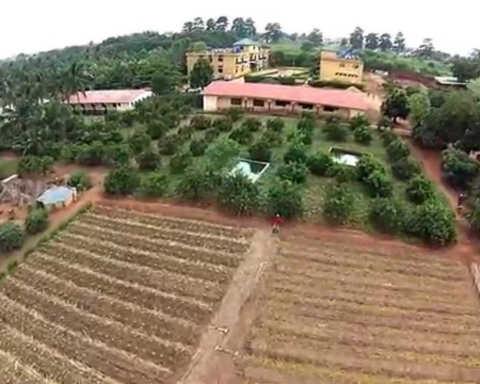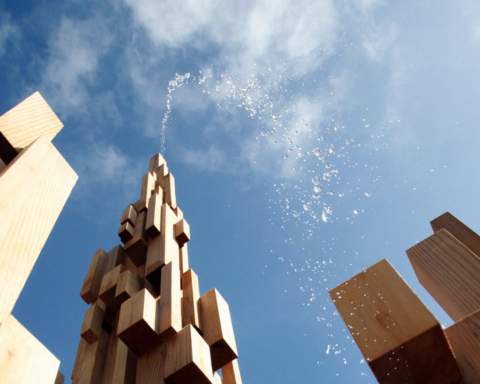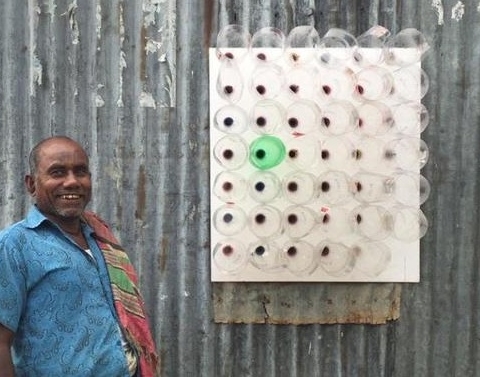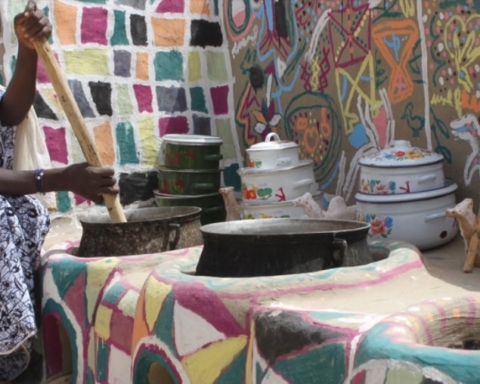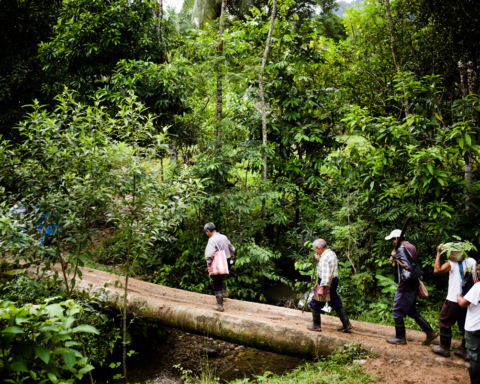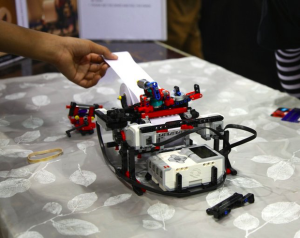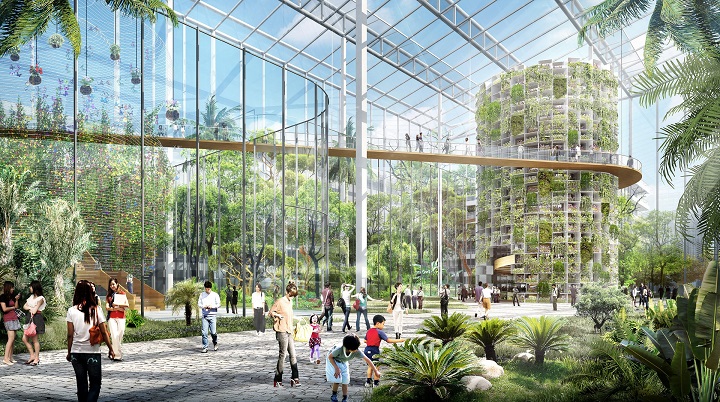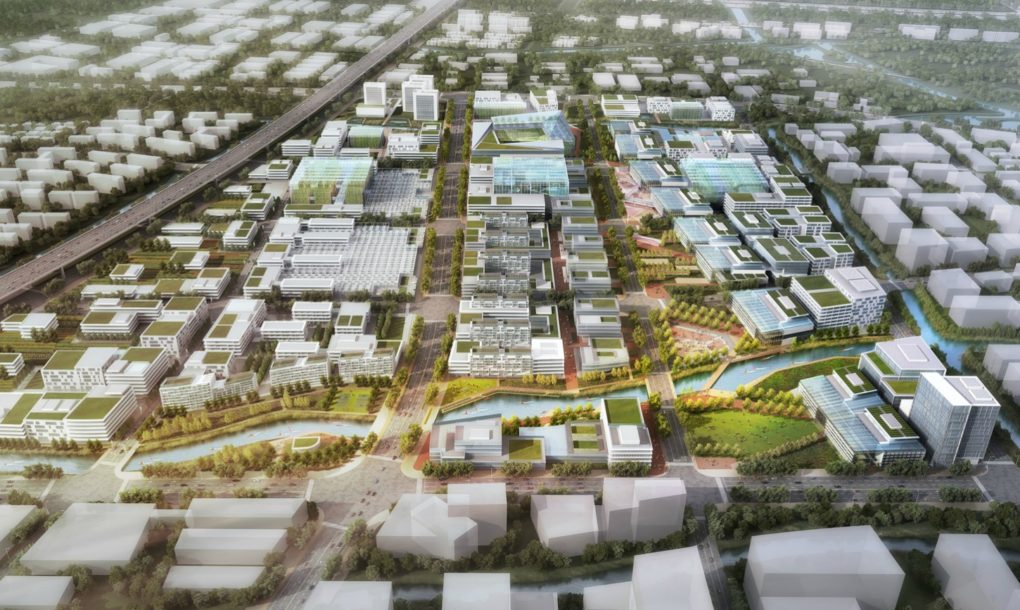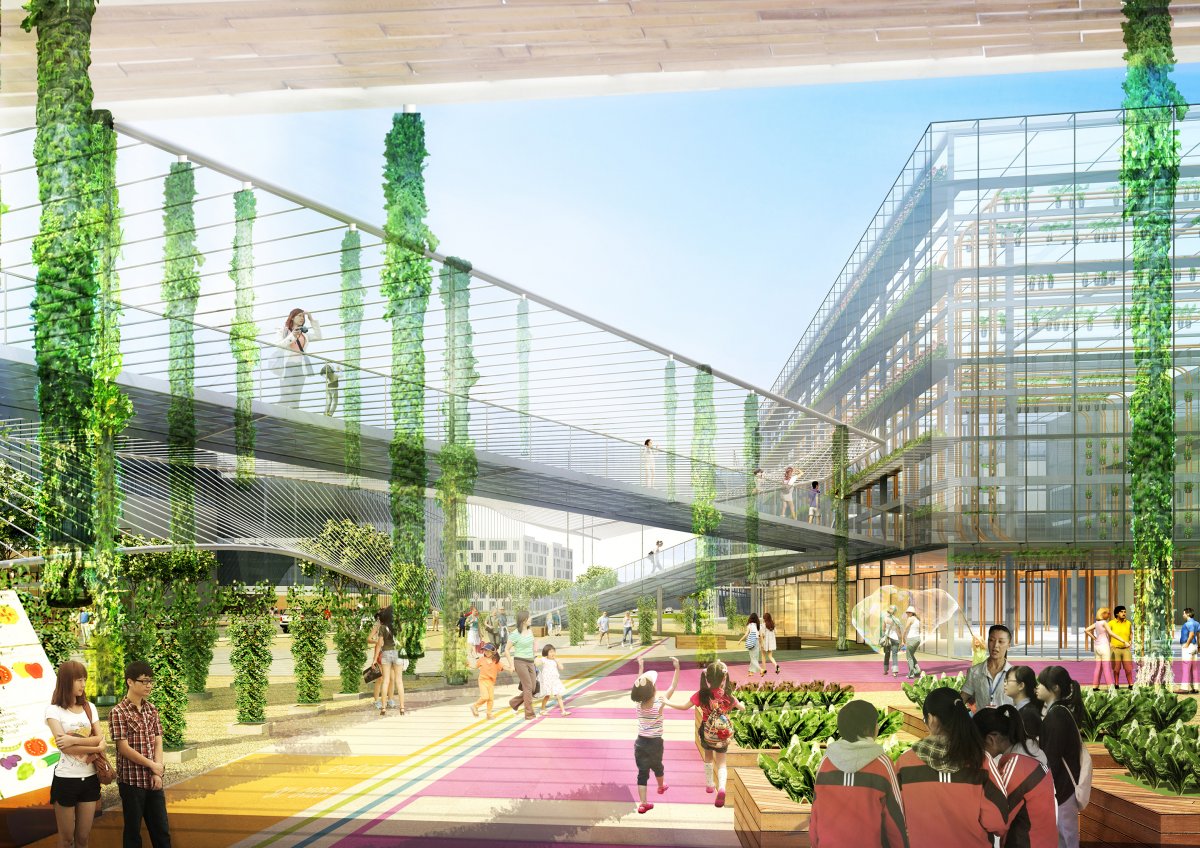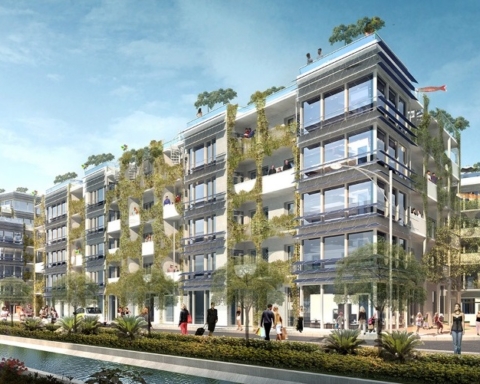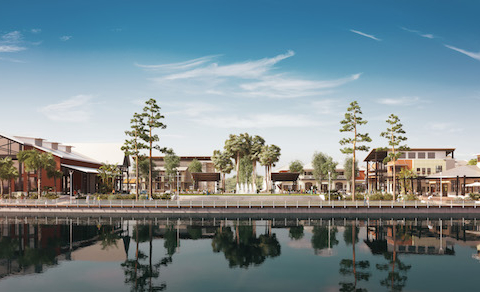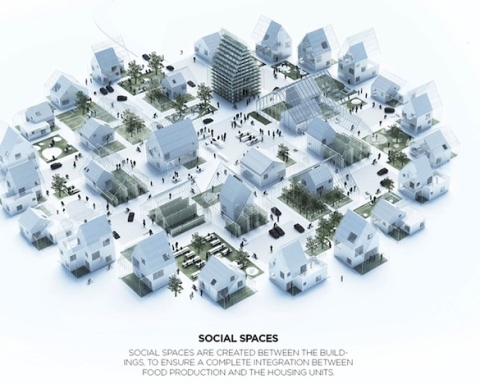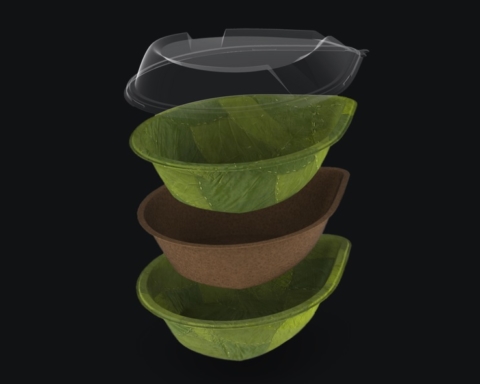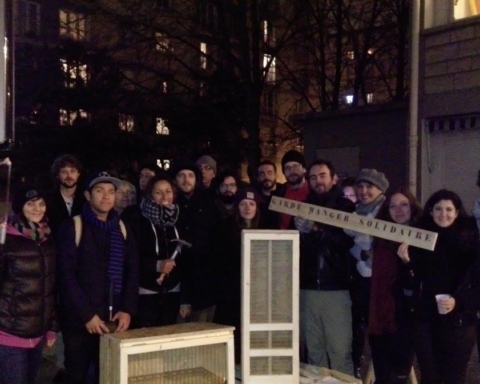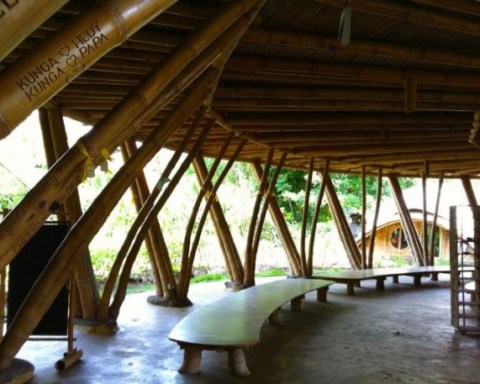In China, Shanghai still remains the most populated city with its some 24 million inhabitants. In the middle of metal and glass skyscrapers, a project is emerging It is a very large project in eastern China that has just started and will see the light of day in 2018. It is an urban farm of more than 100 hectares for sustainable agriculture and food independence. Its main objective is to reorient a whole district towards urban agriculture!
It is a huge project that should extend over more than 100 hectares. An architectural project to work, live, but above all: to produce fruits, vegetables and other foodstuffs in the heart of the city. This project is called Sunqiao Shanghai and should include squares, parks, residential, trade and catering areas, as well as greenhouses and a museum dedicated to science. A true centre dedicated to innovation, education and agricultural production.
Extreme urbanization in China directly affects agricultural land. Over the past two decades, China has lost 123,000 square kilometres of land dedicated to agriculture. Moreover, according to the Ministry of the Environment, one sixth of the remaining land dedicated to agricultural production (about 200 000 square kilometres) would now be contaminated by pollution.
The objective is also to limit the ecological impacts linked to transport and the use of water
A situation that demands a new approach to agriculture and motivates this project devised by the firm Sasaki, located in Shanghai and in Massachusetts, United States.
Sunqiao Shanghai should include 66,000 square metres of housing, 13,000 square metres of commercial areas, 70,000 square metres of vertical farms as well as 80, 000 square metres of public space. Urban farms will concentrate on the production of cabbage, Chinese cabbage and spinach, which together account for 56 percent of the vegetables consumed in Shanghai. Secondly, the district should also introduce fish farming and develop innovative models of aquaponic farms.
According to Sasaki’s team: “This approach actively supports a more sustainable food network while enhancing the quality of life in the city through a community-based program of restaurants, markets, culinary and personal education.” Such a project in the middle of the city has, of course, a few architectural challenges. For example, it has to ensure that constructions do not prevent agricultural areas from gaining access to sunlight.
By bringing the agricultural production area closer to the centre of the city, the objective is also to limit the ecological impacts linked to transport and the use of water. Michael Grove, one of the project leaders in Sasaki, told Business Insider that “as cities continue to expand, we need to rethink the division between urban and rural.”
Visitors can already embark to visit the complex that Sasaki imagines as a technological and sustainable showcase of what urban agriculture has to offer.



